Kitchen upgrades are hard to ignore, and they will often take a chunk of your home renovation budgetary allocation. It usually comes with many appliances to change, paintwork, cabinets, cupboards, and sink drains to install. And that is also when you will consider removing and replacing your kitchen faucet, which brings us to the touch vs. touchless kitchen faucet debate.
Of course, there are myriad types of kitchen faucets. But when it comes to classification by activation style, you will need to think about single-handle, double-handle, touch, and touchless models. We focus on touch and touchless kitchen faucets in this article. Among the features, we will discuss the significant differences between the two, how they work, and the pros and cons of each type.
But before we delve deeper, it is essential to note that touchless and touch models go beyond being novelty fixtures. They come in handy in minimizing germ transfer in your kitchenette, improving convenience in your kitchen space, and conserving water.
Both touch and touchless options are perfectly ideal for anyone looking for a new faucet. However, you will need to note the following differences before you make up your mind on which one to purchase.
Touch Vs. Touchless Faucets: The Difference
Ideally, the most significant difference between touch and touchless faucets is in the activation modes. In touch-activated kitchen faucets, you can trigger or stop water flow by touching any part of the faucet. So, any form of physical contact activates or deactivates water flow.
Often, the best touch water faucets have their entire bodies fitted with highly effective sensors. Touching anywhere within their bodies will activate the highly sensitive sensors and help you accomplish your chores. Notably, this explains why they are also known as touch-sensitive kitchen faucets.
On the contrary, there is no need for any form of physical contact to operate touchless kitchen faucets once you switch on their intelligent modes. Most often, these models have sensors conveniently placed at the bottom. You can trigger water flow by waving your hand past the sensor without necessarily touching it.
Apart from motion sensitivity, some touchless faucets are sensitive to voice. You can use a voice command for such models to activate or deactivate your faucet and have your kitchen applications accomplished in a breeze.
Touch-Sensitive Kitchen Faucets
While we have explained the general idea behind touch-sensitive faucets, it is still perfectly in order to know more about how touch-sensitive kitchen faucets work. These faucet models require a power source to be sensitive to touch.
They run on electricity. Notably, you will need to determine if your touch-sensitive faucet of choice uses AC or Dc power. For AC-powered models, the touch operation only works when there is electricity. On the flip side, DC-powered models are operational 24/7 as long as they have batteries. Always ensure you have spare batteries to save the situation when your faucet runs out of power unexpectedly.
Even more, some models are hybrid and can use either DC or AC power. They stand out as more versatile models than non-hybrid models.
Like our bodies, these faucets also have some electrical energy, making them sensitive to your body whenever you initiate physical contact. While you can conveniently turn off the touch mode, the sensors are intelligent enough. They only get triggered by a single touch. So, touching the faucet consistently does not activate the sensors as you would do during cleaning.
Touchless Kitchen Faucets
How do touchless kitchen faucets work? Although touchless faucets are activated by motion or voice and not touch. Yet, it is still important to note that touchless kitchen faucets work the same way as touch-sensitive models do in the sense that both of them use electricity to work flawlessly.
Touchless models, like their touch-sensitive counterparts, use AC or DC power sources. Besides, hybrid models can use either DC or AC sources of power to improve the efficiency of your kitchen. Also worth noting is that models that are AC-powered will not work when there is a power outage.
Touchless models that have voice activation capabilities are often compatible with specific voice apps. Notably, common voice apps that are useable on these fixtures include Amazon Alexa and Google Assistant, among others. Ensure that you choose options that you can use comfortably.
Advantages of Touch and Touchless Kitchen Faucets
Touch-sensitive and touchless kitchen faucets share various pros and cons. Thus, it is only logical to discuss this section jointly. The following are some of the advantages of touch-sensitive and touchless kitchen faucets.
a. Water Usage Efficiency
Among the top advantages of these technologically advanced sink faucets is their water conservation prowess. Water is a vital commodity in every home, and everyone is often looking for ways to use less water. Of course, using less water in your home helps you save money and is a natural way of conserving the environment.
Touch and touchless kitchen faucets help save water by enabling the starting and stopping of water efficiently. Besides, many models are programmed to stop automatically in under 3 minutes. This makes it possible to avoid overflows when you are handling multiple office tasks. In most cases, touch and touchless options only dispense the right amount of water.
b. Convenience and Efficiency
You cannot downplay the convenience and efficiency that touch and touchless faucets bring into your kitchen. These models are pretty easy to use. For touch-sensitive models, touching any part of the fixture will automatically activate or deactivate water flow. On the other hand, touchless models have sensitive motion sensors that easily trigger water flow when you wave your hand around the faucet.
The amount of efficiency and convenience exhibited by these devices make them pretty ideal for busy kitchens. You can easily control water flow even when your hands are engaged with other chores. Children and seniors will also find them pretty easy to use.
Touchless models with voice-activation capabilities go a notch further to obey preset commands. Thus, they will dispense water as per your temperature and quantity demands. Even more, you can customize the settings to accomplish everyday kitchen tasks efficiently.
c. Hygiene
Your kitchen is arguably the most vital section of your home. And apart from your bathroom and bedroom, the other unit you will most likely pay utmost attention to is your kitchen space. It is where you prepare nearly all your meals and drinks, and you need to maintain high hygiene standards in the cooking space. Yet, it is a space that is very susceptible to dirt, bacteria, and germs.
You certainly do not want a gross, messy, and grimy faucet in your kitchen. And this explains why you may consider touch-sensitive or touchless models. Unlike manual options, where it is inevitable to hold and turn the handle even when your hands are messy, this is avoidable if you opt for touchless or touch-sensitive options.
For touchless models, you do not have to touch anything, which ensures you can wash your hands without messing up any part of your faucet. Touch-activated models are equally hygienic as you can trigger water flow by touching the faucet with any unpolluted part of your hands. You can use your wrist, back of your hand, or any other part of your arm, making it possible to wash your hands without transferring germs or bacteria.
d. Easy to Install
Unlike what many people think, installing touch-activated and touchless faucets is a simple DIY activity. You can easily accomplish the task without the help of a professional plumber; hence the installation will not cost you any money. Besides, you do not need any specialized tools to install these advanced kitchen faucets, and you can handle the task with or without any previous plumbing experience.
Disadvantages of Touch-Sensitive and Touchless Faucets
Although these models have more merits than demerits, the touch-sensitive versus touchless kitchen faucet debate cannot end without discussing the few demerits we can find. The disadvantages include;
a. Price
For the record, the best touchless faucets and the best touch-activated kitchen faucets cost higher than traditional kitchen faucets. Of course, all the hygiene, convenience, and water conservation capabilities come at a price. If you are looking to enjoy these, prepare to dig deeper into your pocket.
b. Need a Power Source
Again, you need a power source to use these models effectively. You can consider models that use AC or DC power sources. Excitingly, you can also find hybrid options that use both AC and DC. While the need for power is something that you undoubtedly need to think about, these faucets are pretty energy efficient.
Key Takeaway
That’s all about our touch vs. touchless kitchen faucet debate. These models come with nearly the same pros and cons. Therefore, the choice boils down to personal preference.
Proponents or touch-activated models consider them more reliable than their touchless counterparts. It is nearly impossible to turn on water accidentally as you must consciously touch the faucet to activate water. That is not something you can be sure of with touchless models, as passing your hand within the faucet sensor range may activate or deactivate water flow.
On the other hand, those enthusiastic about touchless kitchen faucets like the extreme convenience they deliver. You will find them 100% hygienic and efficient as you do not need to put your hands on them. Also, touchless kitchen faucets can accomplish everyday kitchen tasks in a breeze, based on your preset settings.

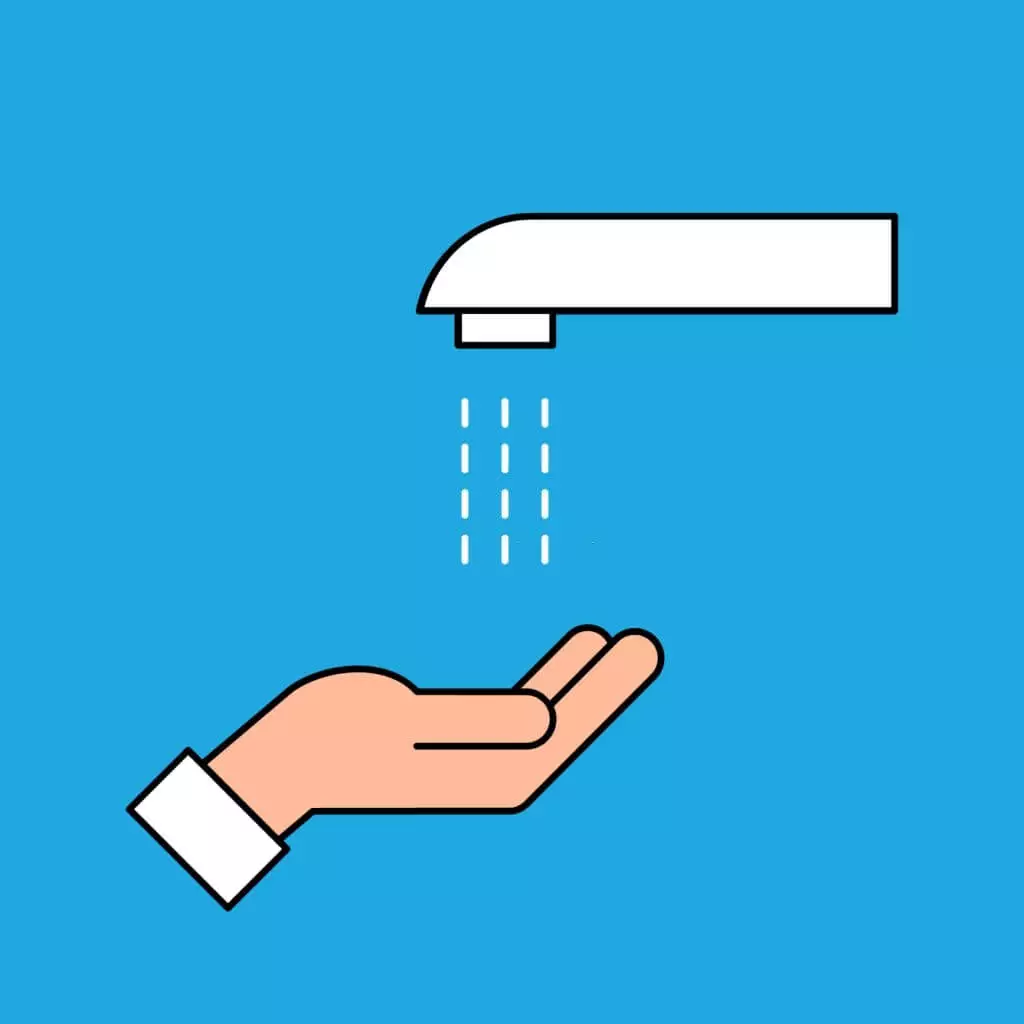


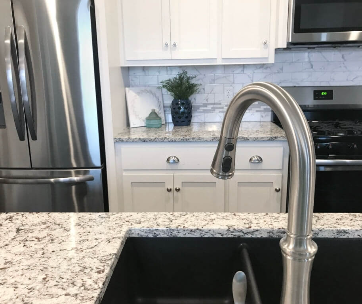

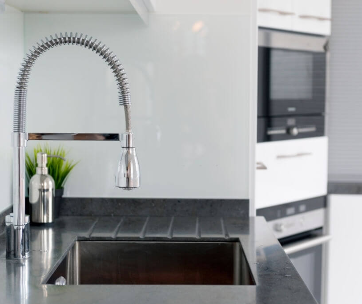

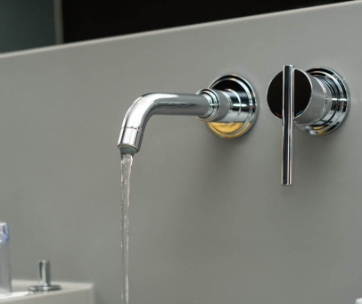
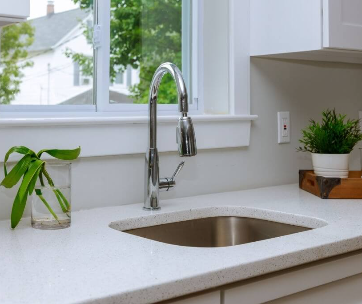

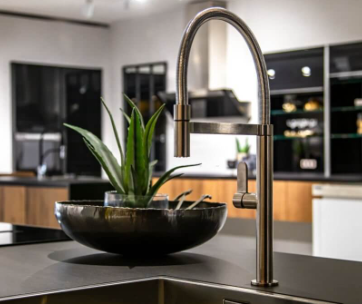
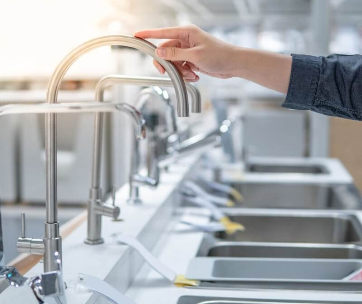
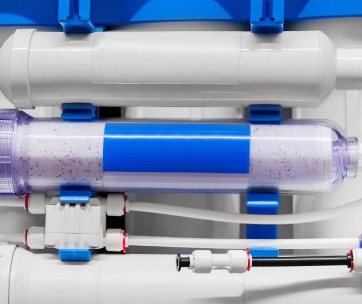
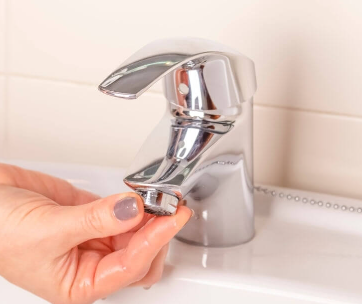
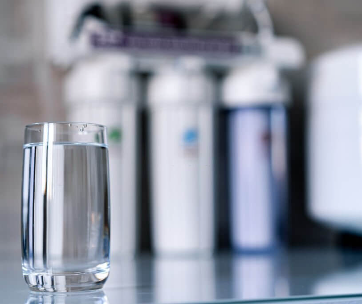
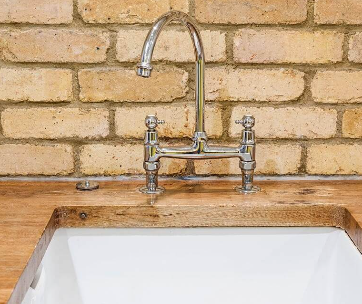
Comments